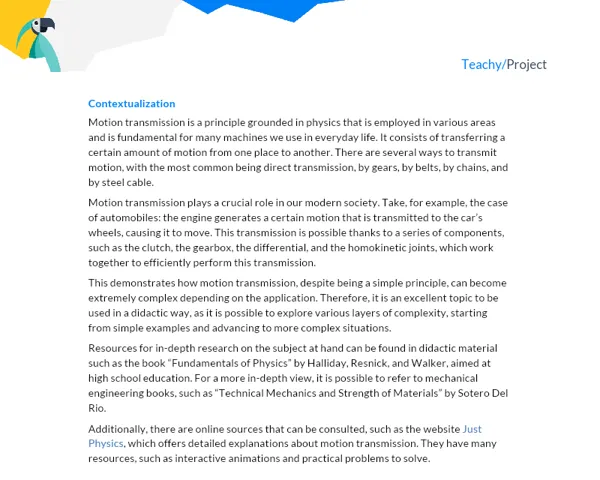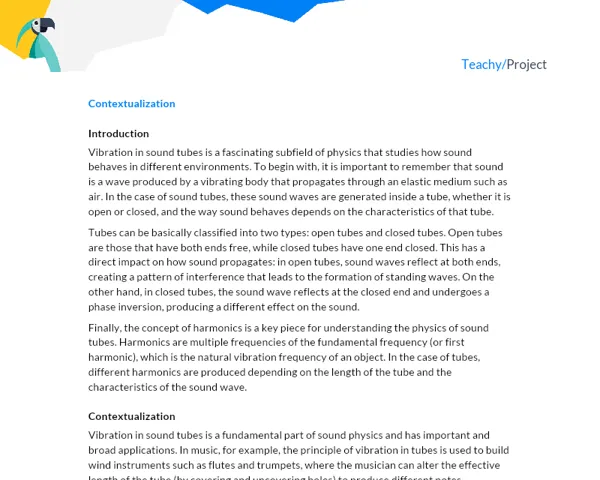Setting the Stage
The Gaussian Equation, also known as the mirror equation, is a cornerstone of geometric optics with a vast range of applications in our everyday lives. From the rear-view mirrors in our cars to the lenses in our eyeglasses used to correct our vision, and even in the design of telescopes and microscopes, the mirror equation is used to calculate the position and size of the image formed by a mirror. Key concepts that we will explore include the Gaussian equation itself, the different types of mirrors (plane, concave, and convex), the characteristics of the images formed (real and virtual), and the nature of light and its behavior at different interfaces.
The Gaussian equation, 1/f = 1/p + 1/q, where 'f' is the focal length of the mirror, 'p' is the object distance from the mirror, and 'q' is the image distance from the mirror, is the key to understanding how light behaves when interacting with mirrors. This equation is derived from the principle of rectilinear propagation of light and the fact that light rays reflecting off a concave mirror converge to a single point, the focal point, and for a convex mirror, they appear to diverge from a single point, which again is the focal point.
A thorough understanding of these concepts will not only strengthen your foundation in physics but also open doors to more advanced topics in modern physics, such as quantum optics and the theory of relativity.
Relevance
The principles of the Gaussian equation have a major and direct impact on much of the technology that we use today. Photography, for example, has its roots in geometric optics. Without understanding how light interacts with different lenses, it would not be possible to design cameras and lenses that produce sharp, high-quality images. Furthermore, mirrors play a fundamental role in many types of optical technologies, including telescopes, microscopes, and even in medical instruments such as endoscopes.
The mirror equation is also fundamental to the eyeglass industry that corrects refractive errors of the human eye, such as nearsightedness and farsightedness. In fact, any technology that relies on the manipulation of light, either directly or indirectly, benefits from the use of the mirror equation.
Hands-on Activity: "Mirrors in Practice: Exploring the Gaussian Lens Equation"
Project Goal
The goal of this project is to develop a deep and practical understanding of the Gaussian equation through a series of group experiments followed by a formal lab report detailing the experiment that was conducted, the concepts that were explored, and the conclusions that were reached.
Project Description
Students will work in groups of 3-5. They must choose two of the following options to investigate:
- How does the image distance change as the object distance changes for a concave mirror?
- How does the image distance change as the object distance changes for a convex mirror?
- How does the image size change as the object distance changes for a concave mirror?
- How does the image size change as the object distance changes for a convex mirror?
Students must use the Gaussian equation to predict the results of each experiment before performing it and compare their predictions to the actual results that they obtain.
Materials Required
- Concave and convex mirrors
- Measuring tape
- Pencil or pen
- Graph paper
- Objects to use for reflection (e.g., action figures, household objects)
- Laptop or computer for research and report writing
Project Steps
- Divide students into groups of 3-5.
- Each group selects two of the experiment options.
- Review key theoretical concepts: Gaussian equation, types of mirrors, real and virtual images, reflection of light.
- Make predictions: Use Gaussian equation to calculate image position and size for different object positions.
- Conduct the experiments: Move the object to different positions and measure image position and size.
- Collect and record data.
- Compare experimental results with theoretical predictions.
- Discuss: Identify potential sources of error, such as measurement accuracy and rounding errors.
- Prepare a formal lab report.
Project Deliverables
Lab Report: This should be organized into the following sections:
-
Introduction - Students should provide context for the topic and its relevance, discuss the importance of the Gaussian equation in the real world, and briefly outline the hands-on activities that were performed.
-
Procedure - Students should detail the theory behind the concepts being explored, describe in detail each experiment that was done, including the methodology used, present the data that was collected, and discuss the results that were obtained and their implications.
-
Conclusion - Students should summarize the work that was done, explain what was learned, and state the conclusions that were reached about the activities that were performed. This section should include a discussion of how the experimental results compared to the theoretical predictions and possible reasons for any discrepancies.
-
References - List the sources that were used to inform the work, such as books, web links, videos, etc.
This project will encourage students to develop technical and soft skills, such as time management, effective communication, problem-solving, critical thinking, teamwork, and writing skills, while also gaining a deep and practical understanding of the Gaussian equation and its real-world applications.



